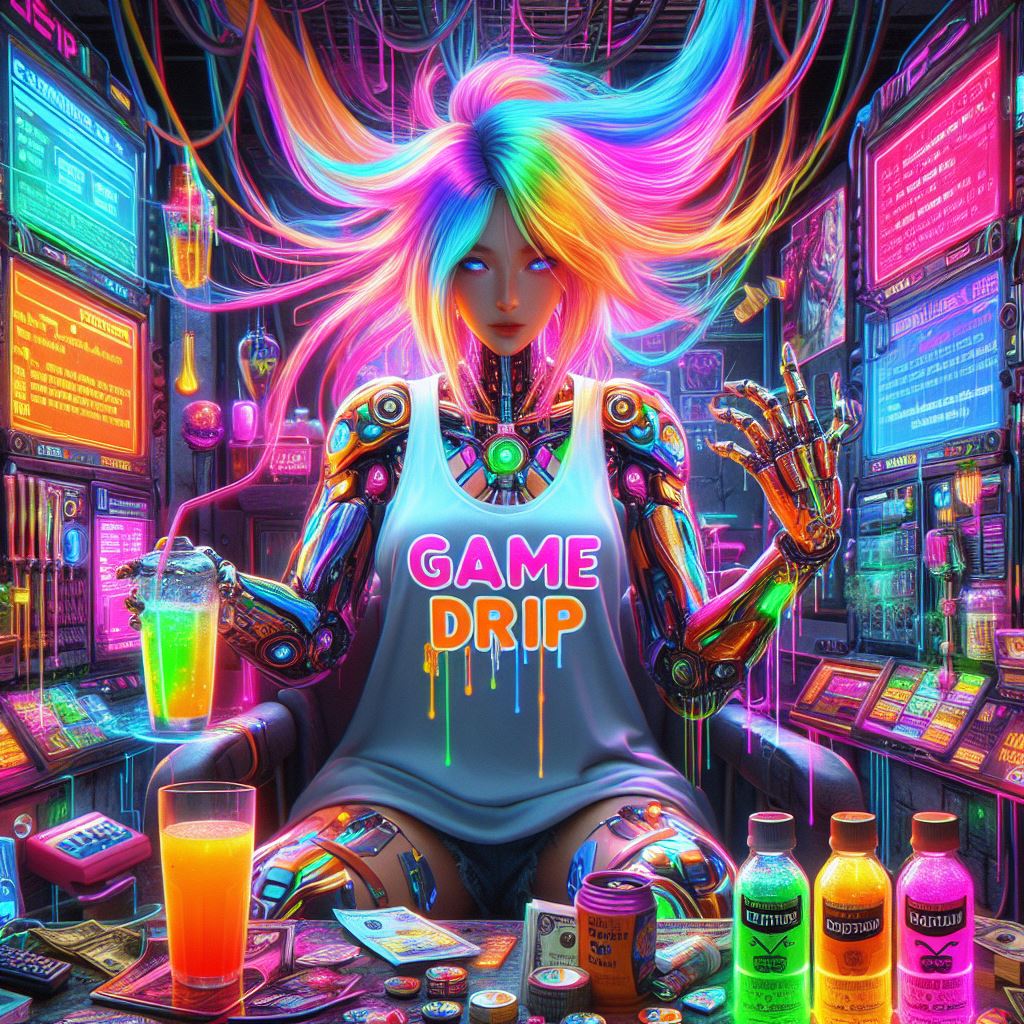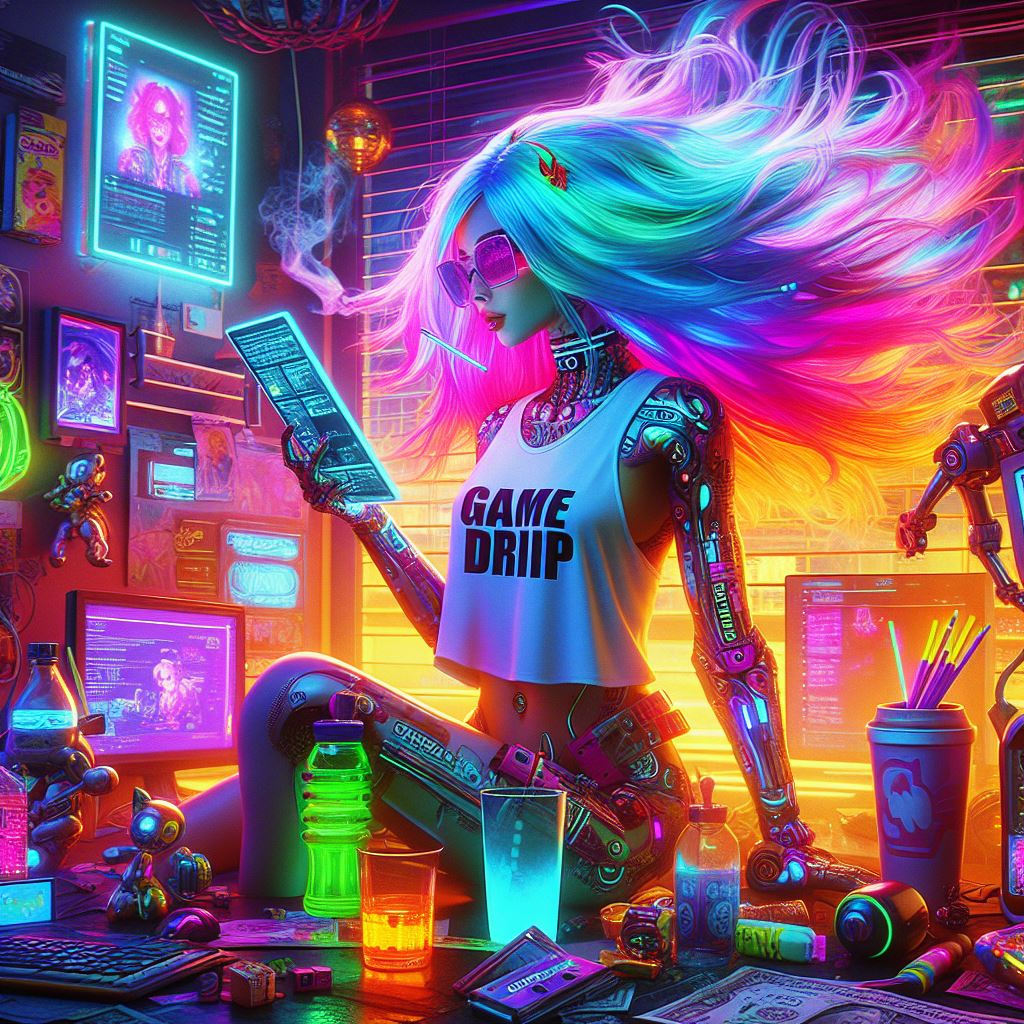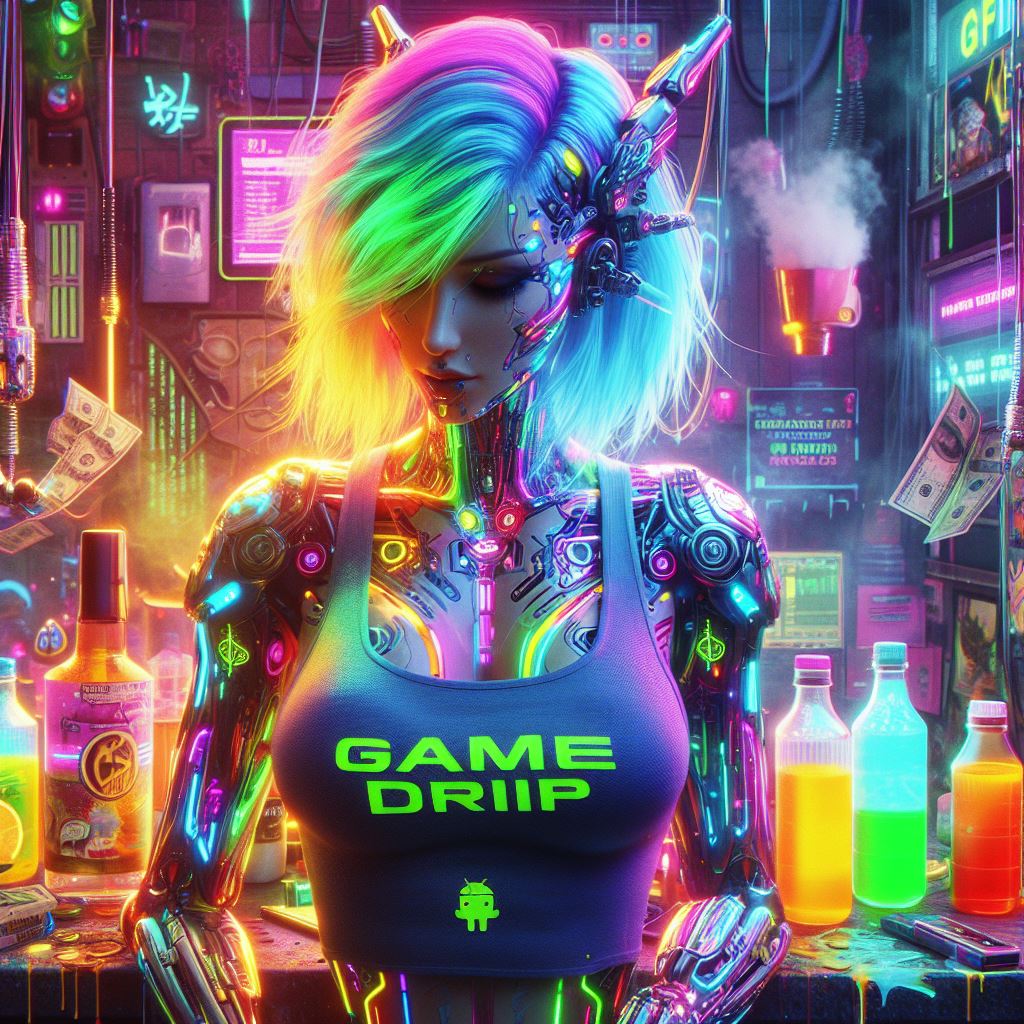As featured on New Minecraft Servers
#MCSKILL #HITECH #1.19.2 #WIP #Minecraft #server
❤️ HiTech 1.19.2 is a server of innovative technologies and capabilities. Thanks to the modern version of the game, the gameplay seems more interesting and exciting than ever! Author’s developments, crafts changed beyond recognition, a large number of different mods, quest lines and unique world generation!

⭐ We took the new generation of the world from 1.18.2, seasoned it with a small number of selected mods and worked with the settings so that you never get tired of admiring the environment while you are digging a vein of ore or building another factory
⭐ Classic solar panels, familiar to all fans of industrial assemblies, have been transferred and adapted to the new version of the game. In addition to the already familiar mechanics of passive “clean energy”, modern developments have allowed solar panels not to lose efficiency at night due to the consumption of a special liquid – lux – which can be obtained in a new mechanism – a photon collector.
⭐ Our server invites you to plunge into the new nuclear energy page in Minecraft! Nuclear reactor from the Mekanism mod – now you decide for yourself what size your reactor will be – from the minimum 3x4x3 to the giant 9x9x9. Multi-stage purification of uranium fuel, processing of nuclear waste, selection of fuel consumption and type of coolant – all this in order to obtain tons of steam, which is converted into energy using steam turbines.
⭐ Our assembly provides the ultimate source of energy – a thermonuclear reactor. Assemble a small multi-unit, go through a multi-stage process for producing deuterium and tritium, charge a pulsed laser and begin to receive unprecedented amounts of energy, harnessing the power of thermonuclear fusion!
⭐ The first stage of automation in ore mining will be an excavator from the Immersive Engineering mod. Conduct ore exploration using a core drill, build a large excavator, turn on the power – now you can enjoy a well-deserved rest, because you no longer need to run around the mine with a pickaxe in search of the next ore deposit.

⭐ Tired of waiting for the products of a slow excavator? We present to you a new milestone in ore mining – a laser drill from Industrial Foregoing. Create laser drills, power them with energy, place the laser base nearby and insert the necessary lens – now ore is mined even faster!
⭐ Create a digital miner from Mekanism and choose what kind of ore it will mine for you! Of course, nothing is given for nothing – you will have to go through many stages of development to create this monster of ore mining, as well as prepare a sufficient supply of energy – he is no stranger to gluttony.
⭐ Your old familiar matter is now on version 1.19.2! The mod, created by our development team, adds scrap materials, matter and mechanisms for their production, which opens up endless horizons for you to create resources from nothing. You don’t need any more miners – just energy and… space in your storage so that you have somewhere to put the next stack of diamonds!
⭐ So that you certainly don’t get lost among the variety of ores, mechanisms and generators, we have created a quest book for you that will guide you through the main aspects of the key mods of our server – Applied Energistics 2, Immersive Engineering, Mekanism, etc. A pleasant addition will be the rewards that you will receive by completing these quests – we tried to balance them so as to whet your interest in completing the assembly.






















